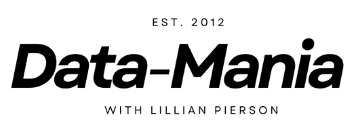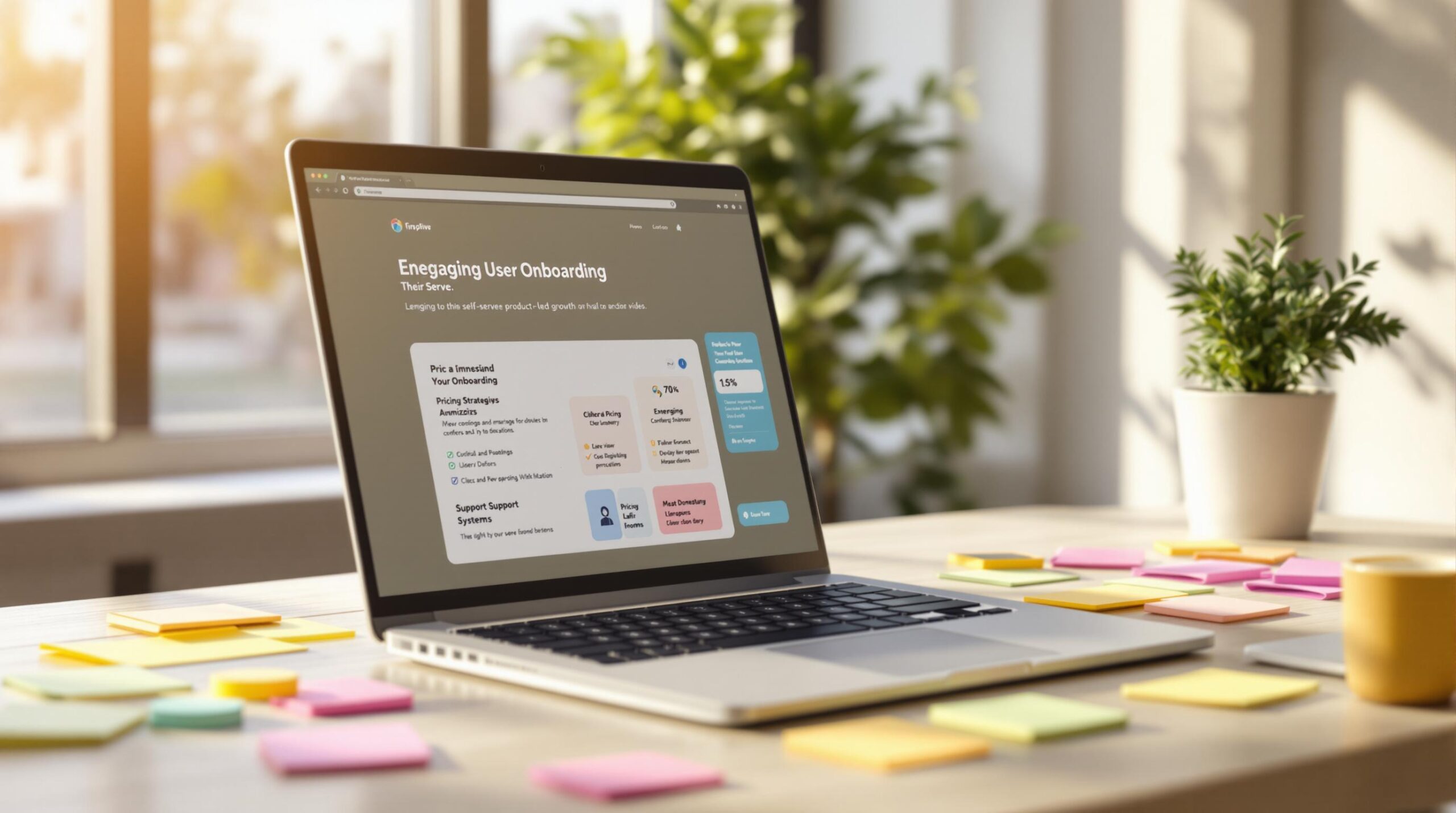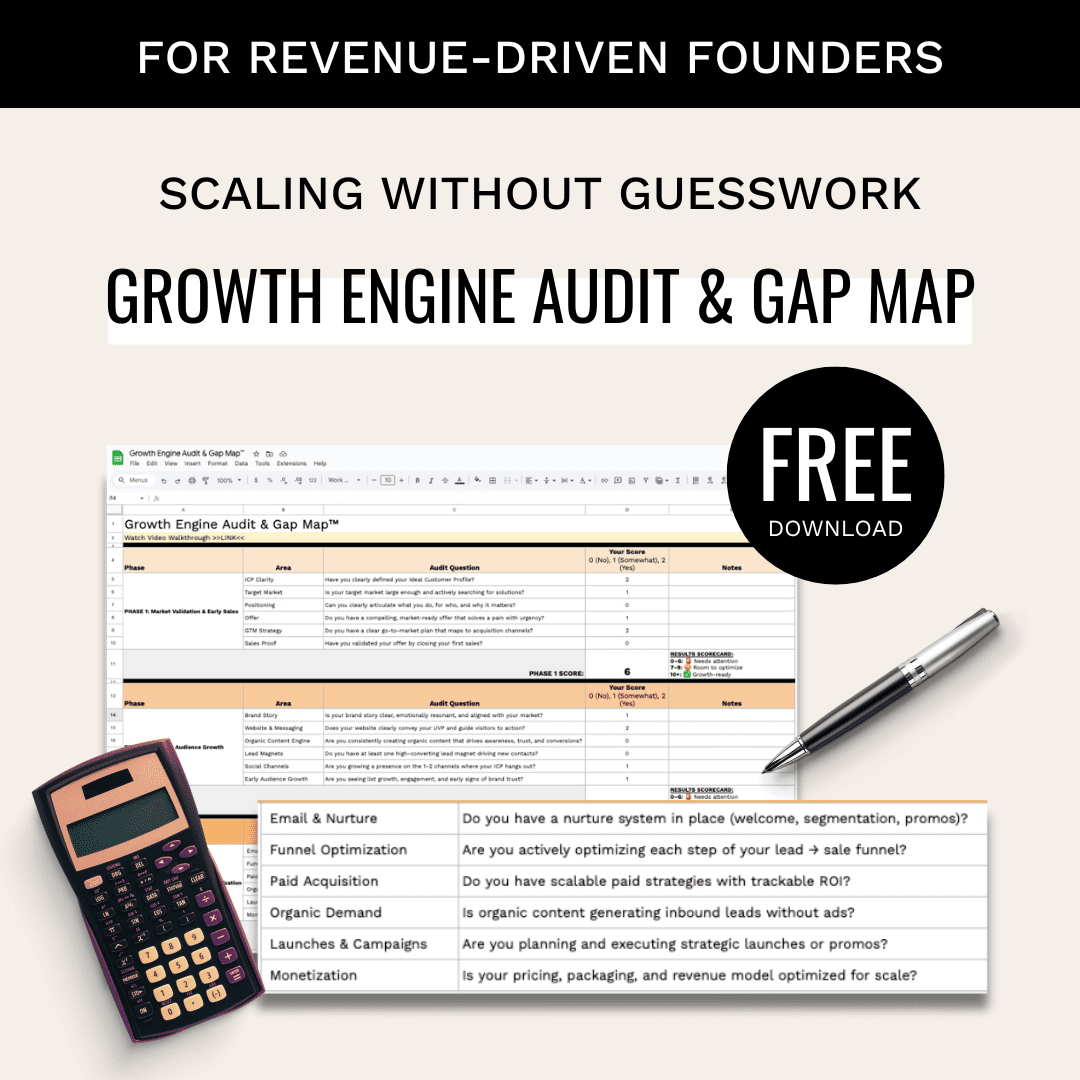Self-serve product-led growth (PLG) is a strategy that puts your product at the center of user adoption. It allows users to sign up, explore, and adopt solutions independently – no sales team required. Companies like Slack and Zoom have used this approach to grow quickly and efficiently. Here’s what you need to know:
- Why It Works: Lowers customer acquisition costs, speeds up adoption, and scales globally without large sales teams.
- Key Features:
- Instant access to core features.
- Automated onboarding with guided tours.
- In-product education like tooltips and tutorials.
- Comparison:
- Self-serve PLG: Faster, self-guided, scalable.
- Sales-led: Slower, requires personal interaction, higher costs.
| Aspect | Self-Serve PLG | Sales-Led Growth |
|---|---|---|
| Initial Contact | Freemium or trial | Sales call or demo |
| Decision Timeline | Fast and user-driven | Slower and sales-assisted |
| Scaling Cost | Minimal | Increases with team size |
To succeed, focus on easy onboarding, clear pricing tiers, and user-friendly support. Start small, refine based on feedback, and let your product do the selling.
Building a Self-Serve Product
Built-in User Help Features
Adding user help features directly into your product makes self-serve onboarding smoother. Tools like interactive tutorials, tooltips, and resource hubs provide users with instant guidance when they need it. These features make navigation easier and help users feel more comfortable exploring the product.
Guided learning paths are another great way to break down complex features into manageable steps, keeping users engaged and confident as they learn.
Why User Onboarding is the Key to Product-Led Growth
sbb-itb-e8c8399
Growing User Numbers Through Self-Serve
By focusing on easy onboarding and strong user support, these methods can help expand your self-serve user base.
Free and Freemium Options
Offer a freemium model where core features are free, while advanced tools are part of paid plans. The key is to provide enough value in the free version to engage users, while reserving premium features to encourage upgrades. Pair this with targeted content strategies to increase visibility and attract users.
Search and Content Marketing
Make your product easy to find online to drive self-serve sign-ups. Create detailed product documentation, step-by-step guides, and content that addresses user pain points. A well-organized knowledge base not only helps existing users but also boosts search engine visibility, drawing in new users organically. Focus on showcasing your product’s main features and how they solve real problems to attract more interest.
User Growth Through Sharing
Incorporate sharing features directly into your product to encourage organic growth. The best self-serve tools make sharing a natural part of the user experience. Here are some effective practices:
- Two-sided incentives: Reward both the person referring and the new user.
- Built-in collaboration tools: Make it easy for users to share and work together.
- Social proof: Use testimonials or activity stats to build credibility and encourage trust.
These strategies can help your product grow through user-driven promotion.
Fixing Common Self-Serve Issues
Mixing Self-Serve and Sales Teams
Combining self-serve systems with sales requires clear boundaries and smooth transitions. A hybrid model works well – start users with a self-serve experience and bring in sales support when needed. Let users explore self-serve trials, but make it easy for them to access sales assistance when they’re ready.
- Set handoff triggers: Define specific metrics to determine when an account should move from self-serve to sales support.
- Align pricing: Ensure pricing is consistent across self-serve and sales-assisted options to avoid confusion.
- Monitor engagement: Track how users interact with the product to identify when they might need extra help.
At the same time, give users the tools they need to solve problems on their own, reducing their reliance on direct support.
Supporting Users Without Direct Contact
Help users tackle common challenges by providing clear, in-app guidance. Use features like tooltips, interactive tutorials, and contextual help to make the experience intuitive. Build a knowledge base that evolves with user feedback and needs.
Take it a step further with proactive support strategies:
- Smart onboarding flows: Tailor guidance to users’ roles and goals, walking them through essential features.
- Automated check-ins: Send helpful resources based on how users are engaging with the product.
- User forums: Create spaces where users can ask questions and share insights with each other.
Once these tools are in place, ensure your pricing structure reflects the value users receive and encourages seamless upgrades.
Self-Serve Pricing Structure: Aligning Cost with Usage and Value
Your pricing tiers should match the value and usage patterns of your customers. Start with a free tier that highlights core features and makes upgrading easy and appealing.
| Tier Type | Best Practices | Common Pitfalls |
|---|---|---|
| Free Tier | Showcase core features to highlight value | Restricting vital functionality |
| Starter | Provide clear upgrade paths tied to usage | Overloading with restrictions |
| Professional | Offer automated expansion based on growth | Complicated pricing structures |
| Enterprise | Combine self-serve with optional sales support | Hidden fees or unclear limitations |
Base your tiers on usage metrics that naturally grow with customer needs, like storage, user count, or API calls. Keep pricing straightforward and transparent – complex fees or unclear terms can discourage users from adopting self-serve options.
Conclusion
Self-Serve Growth Results
A smooth self-serve experience can expand your user base while building lasting customer relationships. Self-serve PLG (product-led growth) changes the game for SaaS companies by encouraging quick adoption and reducing customer acquisition costs. When users can easily explore, purchase, and increase their usage without obstacles, they’re more likely to stick around and even recommend your product. As discussed earlier, the right strategies can drive adoption and cut costs. A clear plan is essential – so let’s look at how to get started.
Getting Started with Self-Serve
To make the most of self-serve growth, start with a focused and straightforward plan:
- Product Experience: Create an easy-to-use interface that delivers immediate value. Begin with one key workflow and improve it based on user feedback.
- Support Infrastructure: Offer helpful documentation and in-app guidance to assist users.
- Pricing Strategy: Set up clear pricing tiers that align with user needs as they grow.
- Analytics Framework: Monitor important metrics to spot any issues or opportunities for improvement.
Additional Learning Materials
Data-Mania provides Fractional CMO services to help refine your self-serve PLG approach.
Here are some resources to deepen your understanding of self-serve PLG:
| Resource Type | Focus Area | Best For |
|---|---|---|
| Strategy Development | Go-to-market planning | Early-stage implementation |
| Advisory Support | Growth optimization | Scaling existing programs |
| Leadership Services | Strategic direction | Long-term PLG success |
Keep in mind that successful self-serve growth requires constant refinement. Pay attention to user feedback and behavioral data to keep improving the experience and driving consistent growth.
Related Blog Posts
- Product-Led Growth vs Sales-Led Growth: Which Fits Your SaaS?
- Marketing Tech Stack Checklist for Early-Stage Startups
- How to Build a SaaS Marketing Strategy from Scratch
- Freemium vs Free Trial: PLG Strategy Guide




